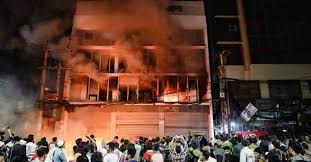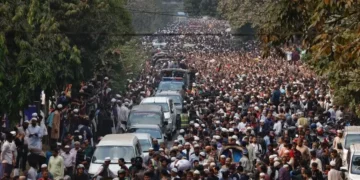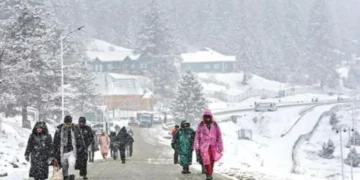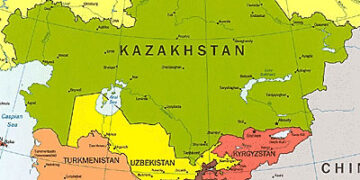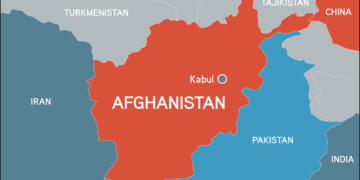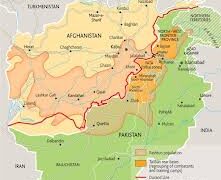RAHIM YAR KHAN; The vast Kaccha belt of South Punjab and the riverine areas along the Sindh border, long known as a hideout for armed dacoits, has been thrown into crisis by the devastating floods in the Indus riverbed.
Torrential rains and rising river levels have inundated much of the terrain, leaving the gang, along with their families, struggling for survival. The very landscape that once provided them cover has turned into a trap, washing away their makeshift shelters and cutting off food supplies.

In recent days, reports suggest that many of the dacoits, faced with worsening conditions, have released abductees they had been holding. The move is seen as both a survival tactic and an effort to avoid confrontation with law enforcement at a time when resources are scarce. Victims, some held for weeks, have reportedly made their way back to safety as the floods continue to expand.
Meanwhile, police operations in the Kaccha belt have intensified. Security forces are exploiting the opportunity created by the floods, pushing forward with the aim of flushing out gangs that have long evaded capture in the dense, riverine forests. The criminals, forced to abandon their traditional hideouts, are attempting to move towards safer, settled areas, a shift that has heigh, ened the risk of clashes.
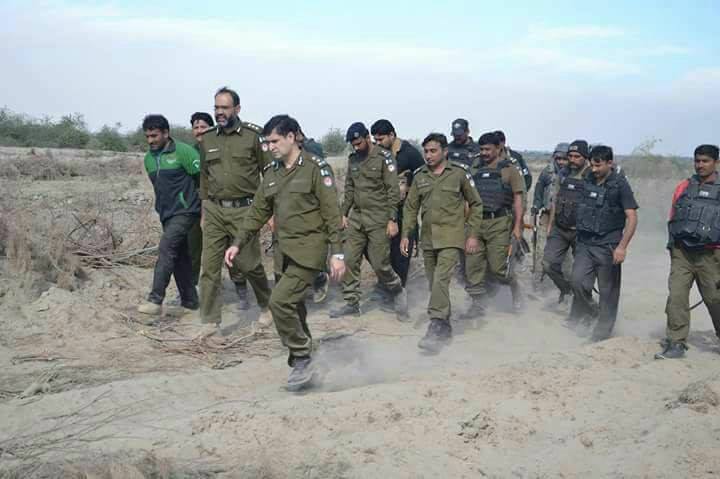
For the families of these gangs, the disaster is proving even harsher. Women and children, caught between law enforcement and natural calamity, have been displaced, facing hunger, illness, and a lack of shelter. Observers note that while the state seeks to eliminate banditry from the region, the humanitarian cost of the floods is falling indiscriminately on all who live in the Kaccha.
The twin crisis of flood devastation and security crackdowns has left the Kaccha belt in turmoil, signaling both a potential end to dacoit dominance and a new humanitarian challenge for the region.





















